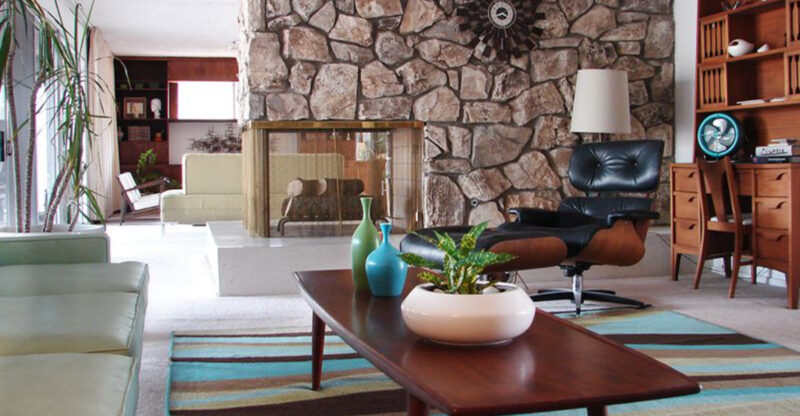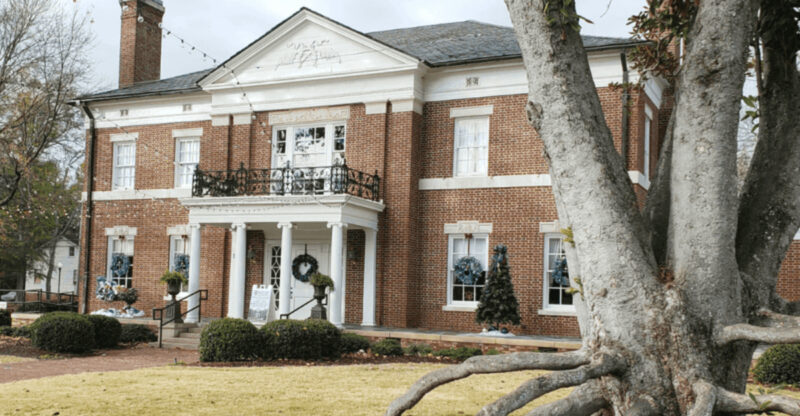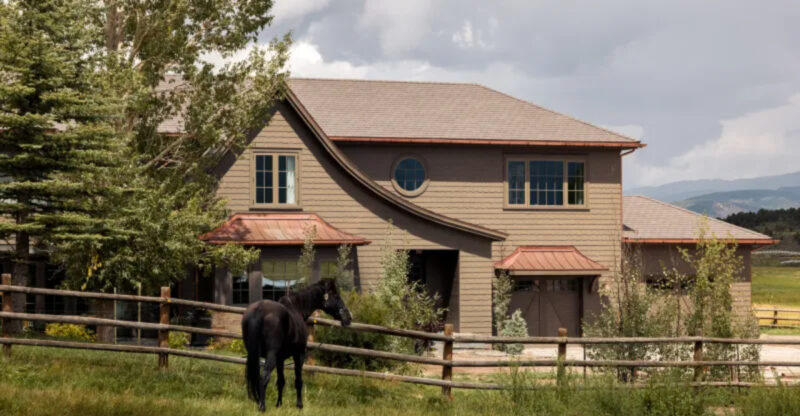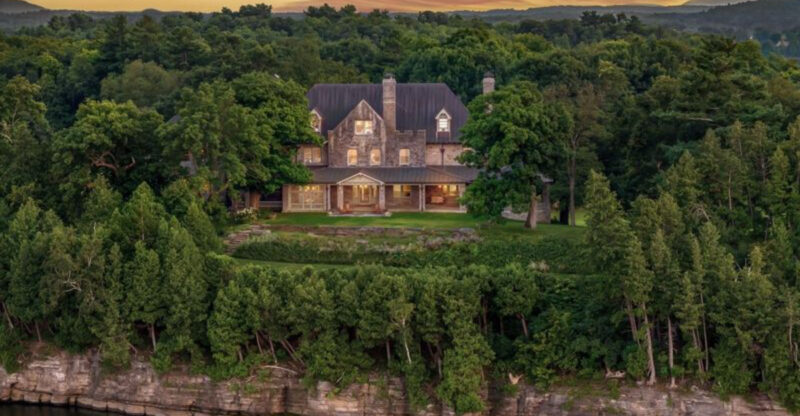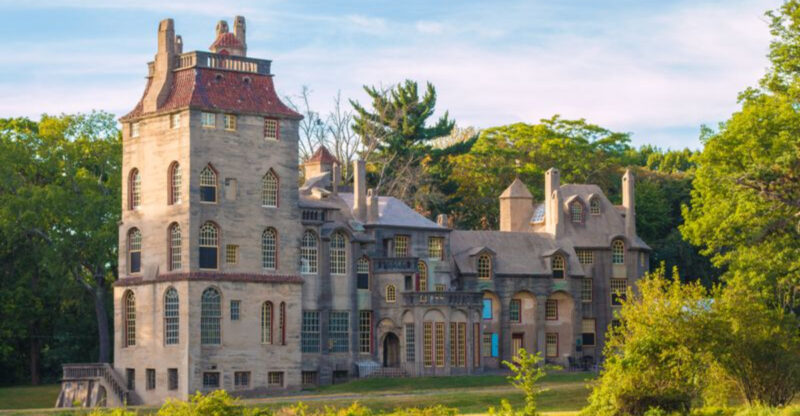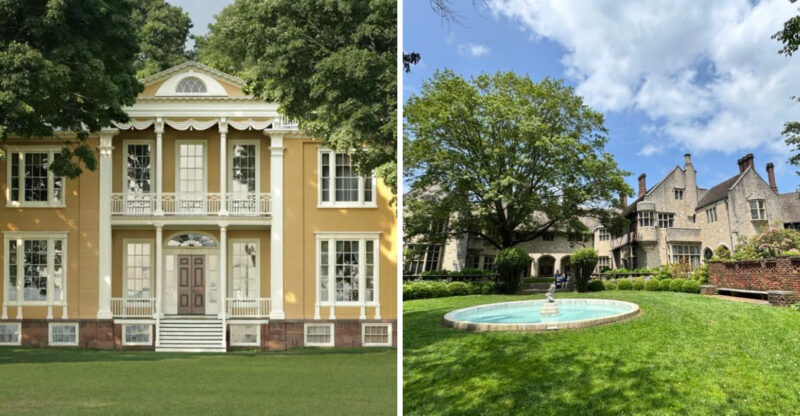17 Abandoned Houses That Would Look Amazing Restored
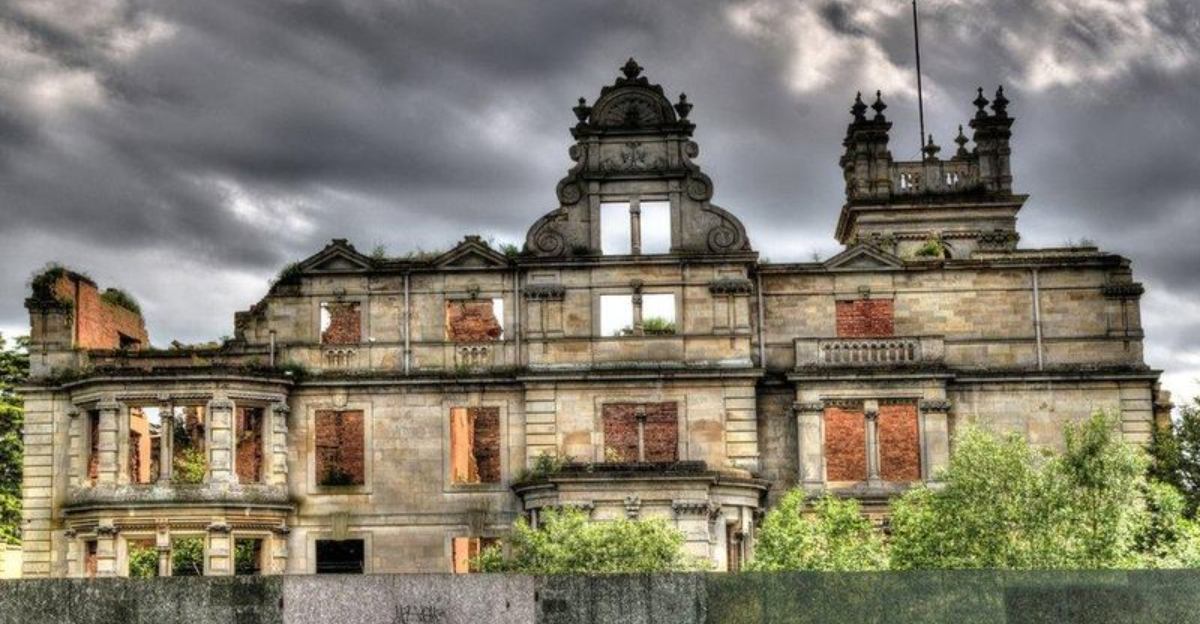
Hidden across our country are forgotten gems waiting to be rediscovered. These abandoned houses once bustled with life and laughter, but now sit empty, their stories fading with each passing year.
From mysterious mansions to historic hotels, these buildings possess incredible potential for restoration.
Let’s explore 21 abandoned structures that could be transformed from forgotten relics into breathtaking homes with some love and renovation.
1. Bayside Cannery Ruins – San Jose, California
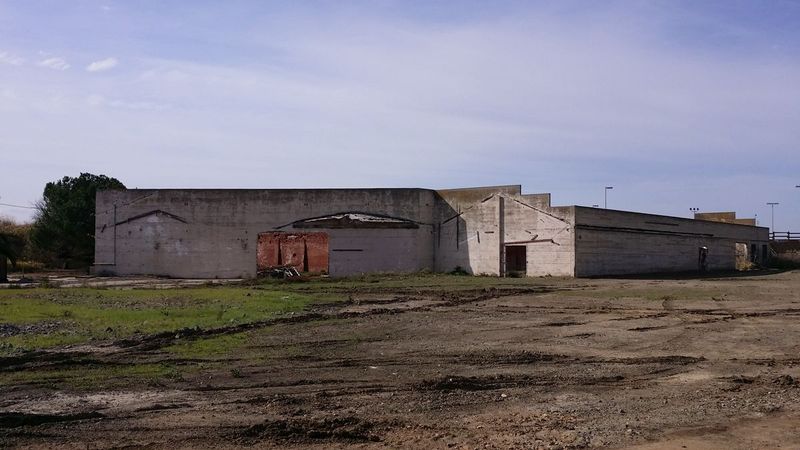
Brick walls and concrete foundations are all that remain of what was once a thriving cannery complex along San Jose’s waterfront. The industrial-style architecture features tall arched windows and exposed brick elements highly prized in modern home design.
Restoration could transform these ruins into stunning loft apartments or a mixed-use development that celebrates the area’s agricultural heritage. The high ceilings and open floor plans would create airy, light-filled spaces perfect for contemporary living.
The waterfront location offers another layer of appeal, with potential for beautiful views and outdoor spaces where residents could enjoy the bay. This industrial-to-residential conversion could become a showcase example of adaptive reuse.
2. South Platte Hotel – Conifer, Colorado
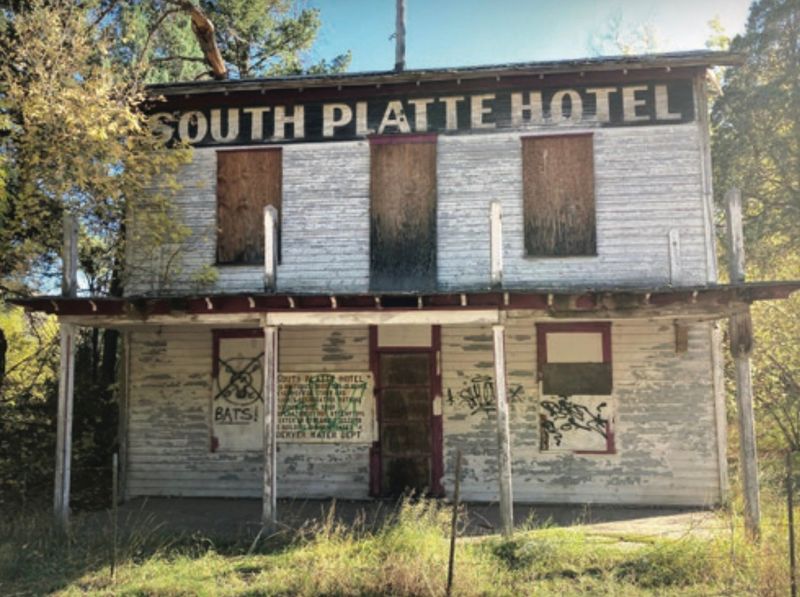
Perched alongside a winding mountain road, the South Platte Hotel has stood witness to over a century of Colorado history. The two-story wooden structure features a wide front porch where guests once gathered to enjoy the mountain air and stunning views of the surrounding pine forests.
Years of neglect have taken their toll, but the bones of this mountain lodge remain solid. The hotel’s rustic charm could be revived through careful restoration, preserving details like the river rock fireplace and hand-carved staircase that tell the story of its past.
Restored as either a private residence or small inn, the South Platte Hotel could once again welcome visitors to experience the tranquility and beauty of the Colorado mountains.
3. Maribel Caves Hotel – Maribel, Wisconsin
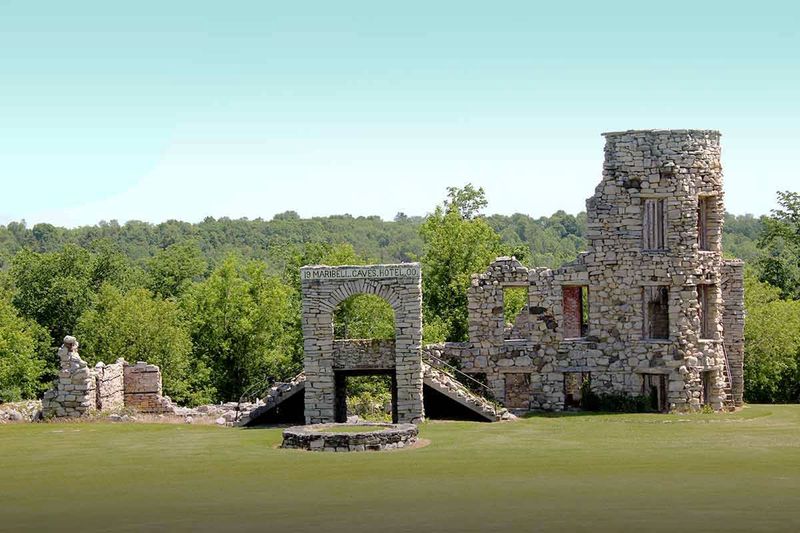
Known locally as the “Hotel Hell,” this limestone structure was once a luxurious health resort built in 1900 near natural mineral springs. The imposing three-story building features distinctive arched windows and an unusual castle-like appearance that stands in stark contrast to the surrounding Wisconsin countryside.
Though fire damaged much of the interior, the sturdy limestone walls remain intact, offering a solid foundation for restoration. The hotel’s proximity to the Maribel Caves makes it an intriguing candidate for transformation into a unique tourist destination or extraordinary private residence.
Imagine the grand ballroom restored to its former elegance, with modern amenities blended seamlessly with historic architectural details that tell the story of this fascinating building.
4. Homer Verne Mine – Denio Junction, Nevada
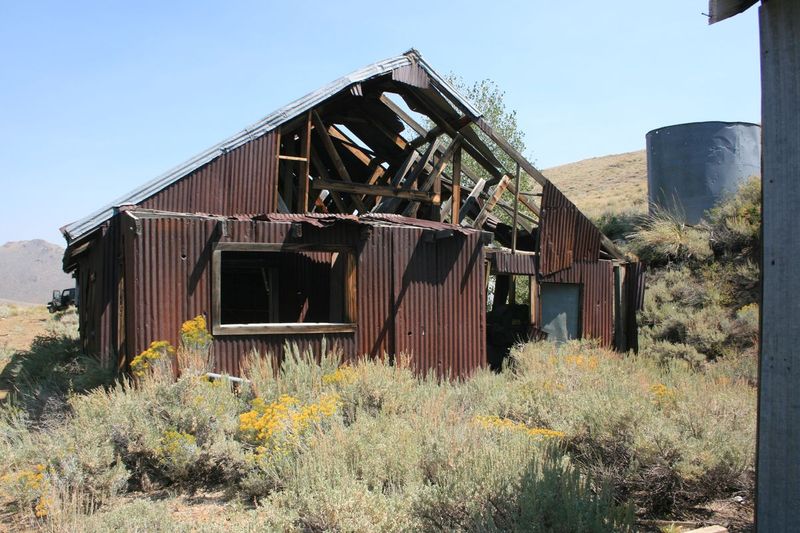
Scattered across a remote hillside, the wooden structures of the Homer Verne Mine have somehow survived decades of Nevada’s harsh climate. The main building’s weathered exterior tells of boom-and-bust mining days, when prospectors sought fortune in these rugged mountains.
Inside, rustic timber framing creates cathedral-like spaces where mining equipment once operated. Restoration could preserve these dramatic interior volumes while creating comfortable living spaces that respect the building’s industrial past. The surrounding mine complex includes smaller outbuildings that could become guest cottages or studios.
The property’s isolation is both challenge and asset – offering unparalleled privacy and star-filled night skies untouched by light pollution. A thoughtful restoration could transform this forgotten industrial site into an extraordinary retreat.
5. Edinburgh Manor – Monticello, Iowa
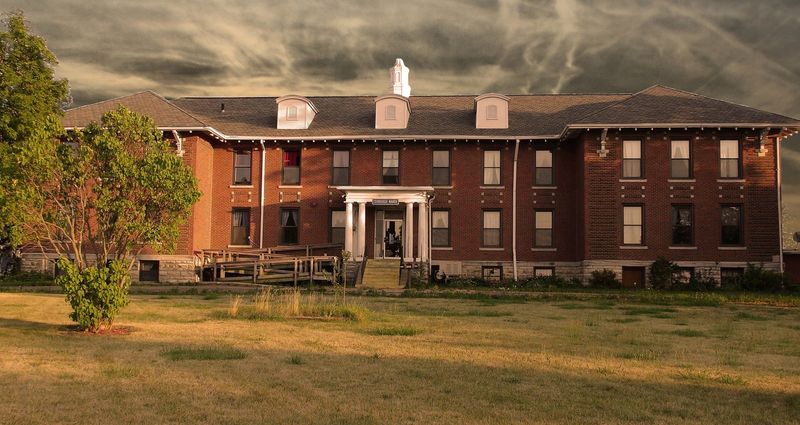
Standing proudly despite years of abandonment, Edinburgh Manor’s symmetrical facade and graceful proportions speak to its 1910 origins as a county poor farm. The imposing brick structure features large windows, a central tower, and architectural details that reflect its institutional yet dignified purpose.
The interior contains long corridors and numerous rooms that could be reconfigured into spacious living areas while preserving the building’s historic character. High ceilings and large windows allow natural light to flood the spaces, creating bright interiors despite the building’s somber history.
Set on several acres of rolling Iowa farmland, the property offers both privacy and picturesque views. This manor could be transformed into a magnificent single-family estate or divided into luxury apartments that blend historic character with modern comfort.
6. Tiki Palace – Chattanooga, Tennessee
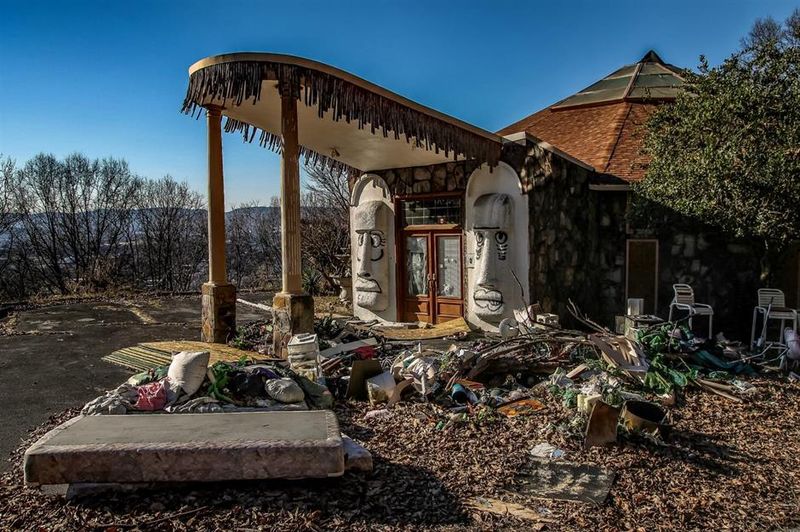
Perched atop Missionary Ridge sits one of America’s most unusual abandoned homes – a Polynesian-inspired mansion complete with indoor pool, personal zoo, and 40-foot replica Easter Island heads guarding the entrance. Built in the 1970s by a local businessman, the Tiki Palace blends outlandish themed design with surprisingly sophisticated architectural elements.
Though vandalism has taken its toll, the home’s concrete construction has kept the structure sound. The sweeping views of Chattanooga from its hillside perch make this property especially valuable despite its eccentric design.
Restoration could either embrace the home’s unique tiki aesthetic or reimagine the spacious rooms with more conventional decor while preserving architectural highlights like the dramatic circular staircase and extensive outdoor living spaces.
7. Hardie-Coleman House (Lucy Murder House) – Uniontown, Alabama
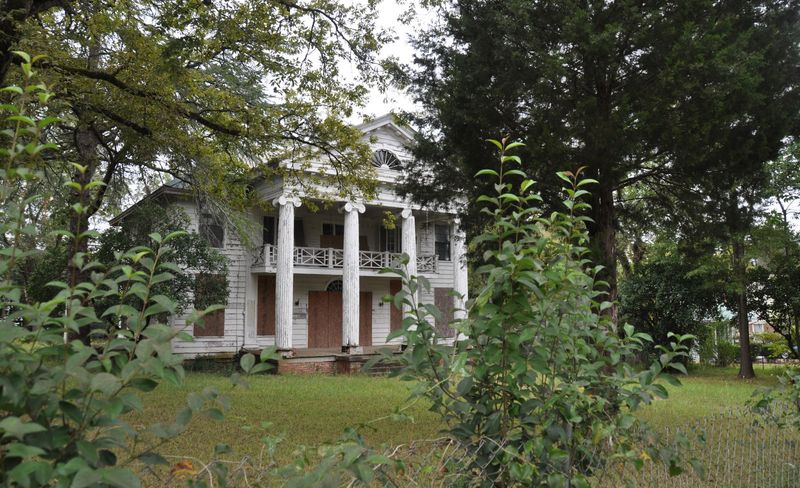
Behind overgrown vegetation stands a once-grand antebellum home with a troubled past and extraordinary potential. The Hardie-Coleman House features classic Southern architecture with imposing columns, wide verandas, and tall windows designed to capture cooling breezes in the Alabama heat.
Despite years of neglect, the home’s graceful proportions and architectural details remain intact. High ceilings adorned with intricate moldings crown rooms that once hosted elegant gatherings of the rural elite. The wide central hallway still provides the perfect cross-ventilation that made these homes comfortable in the era before air conditioning.
Set on several acres of land, this historic property could be restored to its former grandeur, perhaps as a bed and breakfast or event venue that celebrates Southern architectural traditions while acknowledging its complex history.
8. Lynnewood Hall – Elkins Park, Pennsylvania
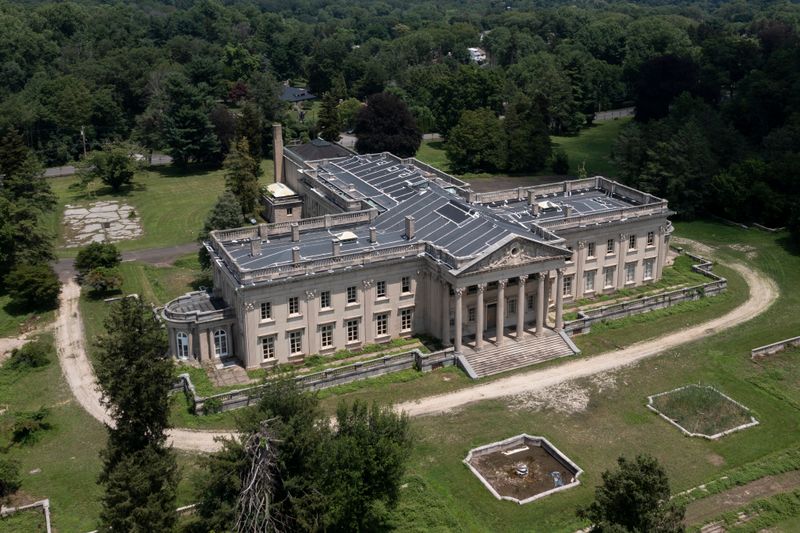
Often called America’s forgotten palace, this 110-room Gilded Age mansion sits quietly deteriorating in a Philadelphia suburb. Designed by renowned architect Horace Trumbauer for streetcar magnate P.A.B. Widener, Lynnewood Hall represents the pinnacle of Neoclassical design with its limestone facade, grand columns, and perfectly proportioned interiors.
The mansion once housed priceless art and hosted lavish parties for society’s elite. Though stripped of many fixtures, the building’s bones remain solid, with marble staircases, wood paneling, and ornate plasterwork still visible beneath years of neglect.
Restoration would be costly but could save one of America’s most significant private homes. The 34-acre property could be reimagined as a luxury hotel, museum, or educational institution that would preserve this architectural masterpiece for future generations.
9. Elda Castle – Ossining, New York
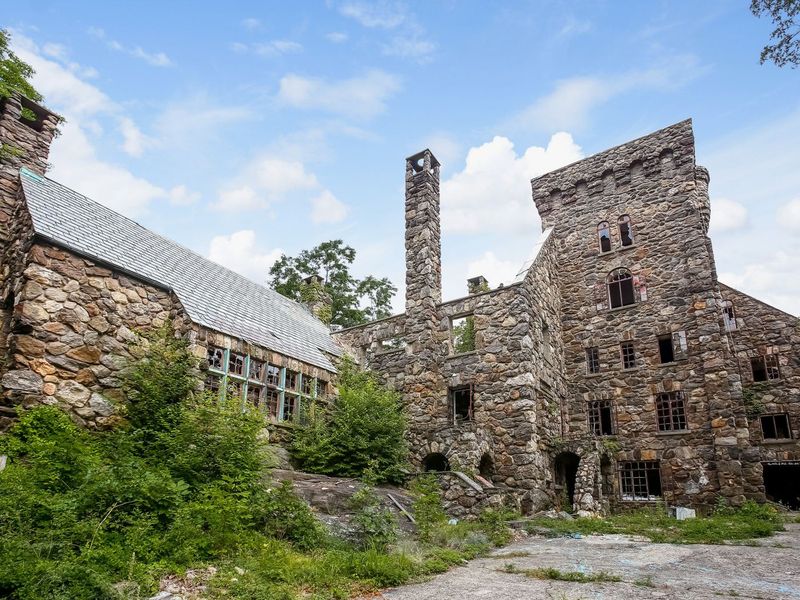
Hidden within the forests of Westchester County stands a medieval-inspired stone castle built in 1927 by David Abercrombie, co-founder of Abercrombie & Fitch. The imposing structure features a central courtyard, round tower, and numerous arched windows that create a truly romantic silhouette among the trees.
Though nature has begun reclaiming the castle, with vines climbing the walls and trees growing through former living spaces, the stone construction has largely withstood the test of time. Many original details remain, including stone fireplaces, carved wooden doors, and wrought iron fixtures that speak to the craftsmanship of another era.
Restoration would require significant investment but could transform this forgotten treasure into an extraordinary private residence or boutique hotel just an hour from Manhattan.
10. Ashlar Hall – Memphis, Tennessee
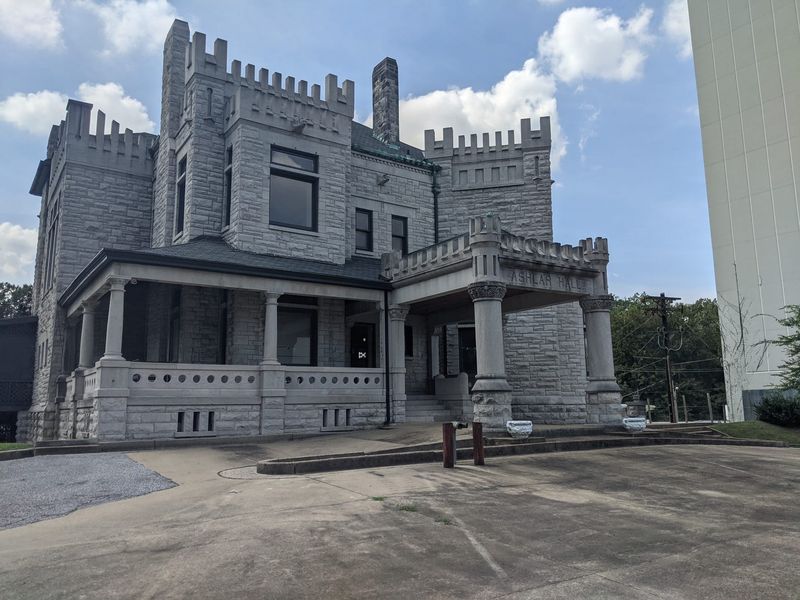
Rising from a Memphis neighborhood like something from a Gothic novel, Ashlar Hall’s distinctive stone facade and castle-like turrets make it an architectural standout. Built in 1896 for wealthy businessman Robert Brinkley Snowden, the mansion showcases unique stonework and dramatic architectural elements that blend medieval influences with Victorian sensibilities.
Years of changing ownership and neglect have taken their toll, but the building’s stone construction has kept the structure largely intact. The interior still features original woodwork, fireplaces, and a grand staircase that could be restored to their former beauty.
Located in a revitalizing area of Memphis, this unusual property could become a boutique hotel, restaurant, or extraordinary private residence that would stand as a testament to Memphis’ architectural heritage and the vision of its original owner.
11. Bannerman’s Castle – Pollepel Island, New York
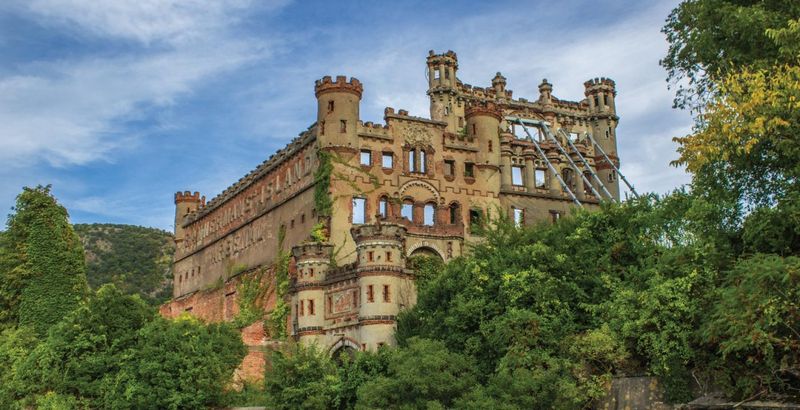
Rising dramatically from the Hudson River stands what remains of Francis Bannerman’s Scottish-inspired castle arsenal. Built in the early 1900s as both a home and storage facility for Bannerman’s military surplus business, this fantastical structure features crenellated towers, decorative elements, and imposing stone walls that seem transported from another continent.
A massive explosion and several fires have left much of the complex in ruins, yet the remaining structures retain an undeniable majesty. The island setting provides both challenge and opportunity for restoration, offering unparalleled privacy and stunning river views.
While complete restoration might be impractical, stabilization could transform this crumbling landmark into a unique events venue or limited-access historic site that preserves its remarkable silhouette against the Hudson Valley landscape.
12. Waverly Hills Sanatorium – Louisville, Kentucky
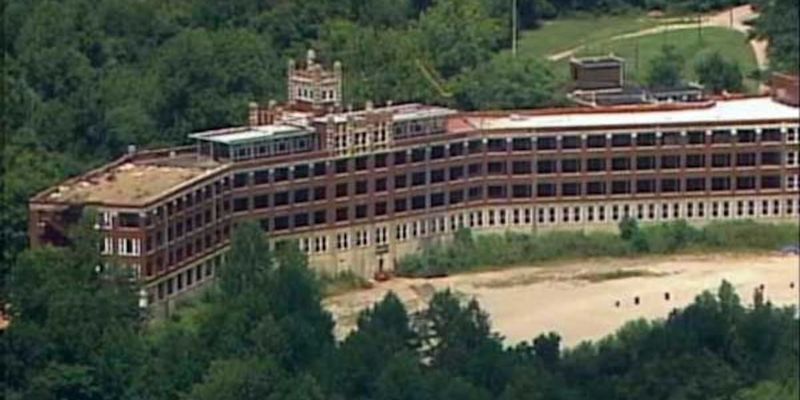
Silhouetted against the Kentucky sky, the massive Gothic form of Waverly Hills Sanatorium has fascinated history buffs and ghost hunters alike. Built in 1910 and expanded in 1926, this former tuberculosis hospital features impressive Tudor-Gothic architecture with pointed arches, decorative stonework, and long, sunlight-filled wings designed to provide patients with fresh air.
The sprawling complex includes multiple buildings connected by covered walkways, with the main building stretching over 800 feet in length. Despite decades of abandonment, the concrete and brick construction has remained remarkably solid, with many original features intact.
While too large for a single residence, this historic complex could be partially restored as a hotel, apartments, or mixed-use development that preserves its architectural significance while giving new life to this landmark building.
13. Overstone Hall – Northamptonshire, England
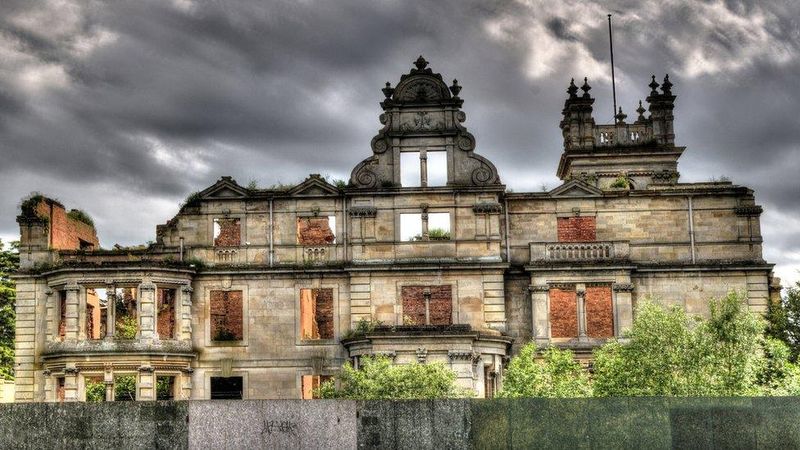
Across the Atlantic stands one of England’s most magnificent abandoned mansions. Built in 1862 for Lord Overstone, this massive Victorian country house once boasted 119 rooms arranged around a central courtyard, with an impressive facade featuring classical columns, ornate stonework, and large bay windows.
A devastating fire in 2001 left much of the interior destroyed, but the limestone exterior walls remain largely intact. The grand entrance hall with its sweeping staircase hints at the opulence that once existed throughout the mansion.
Set within acres of English countryside, this Grade II listed building awaits a restoration hero with deep pockets and grand vision. Despite the extensive damage, Overstone Hall could once again become one of England’s great country houses with the right combination of historical sensitivity and modern engineering.
14. Vineland Abandoned Homes – Orange County, Florida
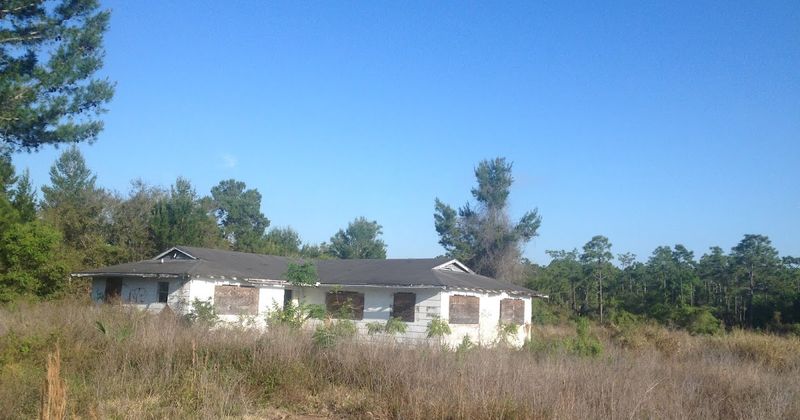
Amid Florida’s relentless development stand the forgotten homes of Vineland, a community gradually abandoned as Disney World expanded nearby. These modest mid-century houses tell a different story of abandonment – not of grand wealth lost but of everyday lives interrupted.
Ranch-style homes with carports and picture windows sit on overgrown lots, their simple lines and practical layouts reflecting America’s post-war prosperity. Though weathered by Florida’s humidity and occasional hurricanes, many remain structurally sound beneath the encroaching vegetation.
These homes offer affordable restoration opportunities with mid-century charm increasingly valued by younger homebuyers. Their location near Orlando’s tourism hub makes them particularly valuable as potential vacation rentals or permanent residences for those working in the entertainment industry who appreciate vintage architecture.
15. Govan Schoolhouse – Govan, Washington
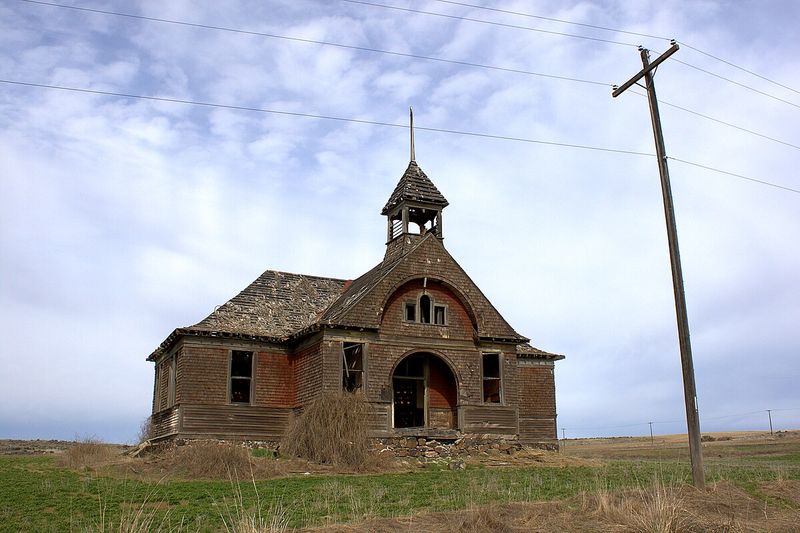
Standing alone on the Washington prairie, this one-room schoolhouse tells the story of a once-thriving wheat farming community now reduced to a ghost town. The simple wooden structure with its bell tower and large windows exemplifies rural American educational architecture from the early 1900s.
Sunlight streams through dusty windows onto wooden floors that once held rows of desks for local farm children. The high ceilings and simple, functional design create a bright, open interior that could be transformed into a charming residence or studio space.
Though basic in design, the schoolhouse possesses character impossible to replicate in new construction. Its setting amid the rolling wheat fields of eastern Washington offers both splendid isolation and agricultural beauty that would make a restored schoolhouse an extraordinary countryside retreat.
16. Elkmont Resort Cabins – Great Smoky Mountains, Tennessee
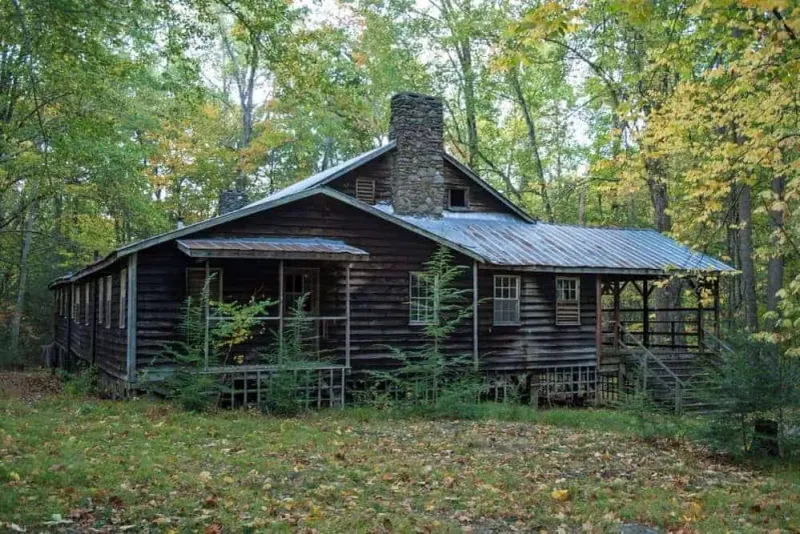
Nestled among towering trees in America’s most visited national park are the remnants of a once-exclusive mountain community. These rustic vacation cabins, built in the early 1900s by wealthy Knoxville families, feature stone fireplaces, wooden porches, and simple designs that harmonize with their forest surroundings.
Years of abandonment have left most cabins in various states of decay, yet their sturdy construction and simple charm remain evident. The National Park Service has preserved some structures while allowing others to slowly return to nature.
Those selected for preservation could become educational sites or perhaps limited-use accommodations that would allow visitors to experience the mountains as these early vacationers once did. Their location within the national park makes private ownership impossible but ensures their wooded setting will remain protected.
17. Burj Al Babas Villas – Mudurnu, Turkey
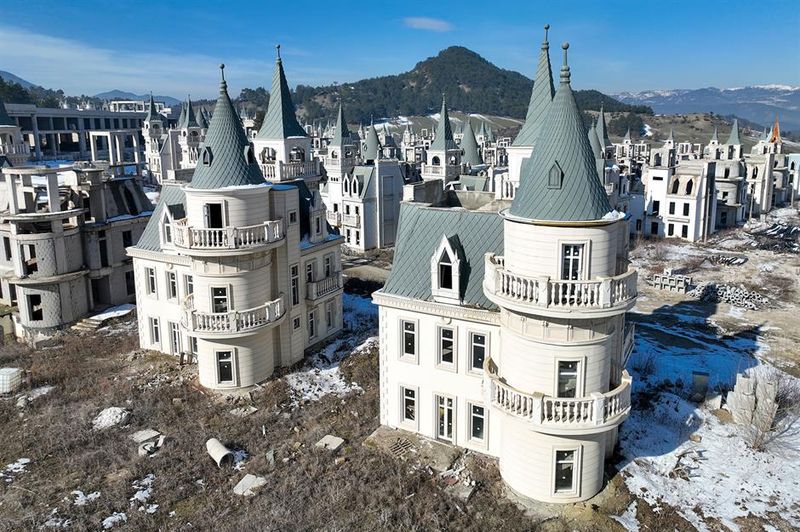
Rising from the Turkish countryside like a surreal dream is an abandoned development of 732 identical mini-castles. Each features fairytale-inspired architecture with pointed turrets, decorative domes, and Gothic windows that create a truly bizarre landscape when multiplied hundreds of times across the rolling hills.
Construction halted in 2019 when the development company declared bankruptcy, leaving these Disney-esque villas in various stages of completion. While many exteriors are finished, the interiors remain mostly bare concrete shells awaiting finishing touches.
The unusual project represents perhaps the world’s largest collection of abandoned houses awaiting completion rather than restoration. With new investment, this ghost development could become a functioning community, though its unusual aesthetic and remote location present significant marketing challenges for potential developers.

